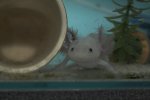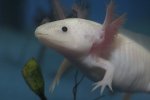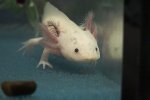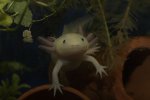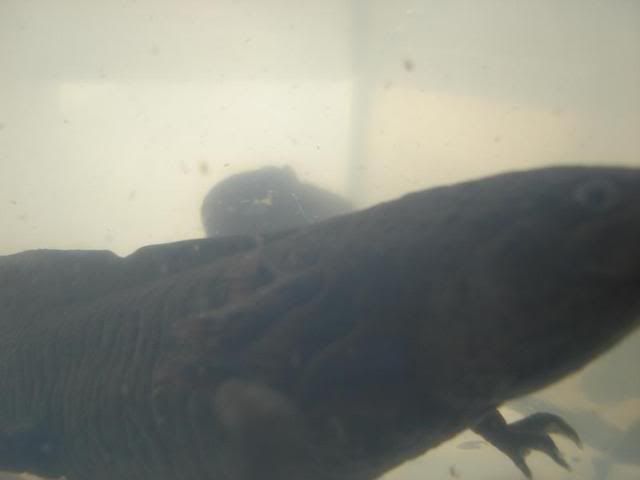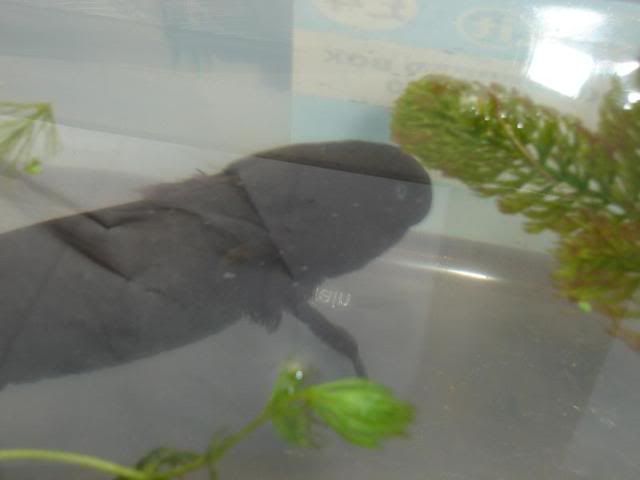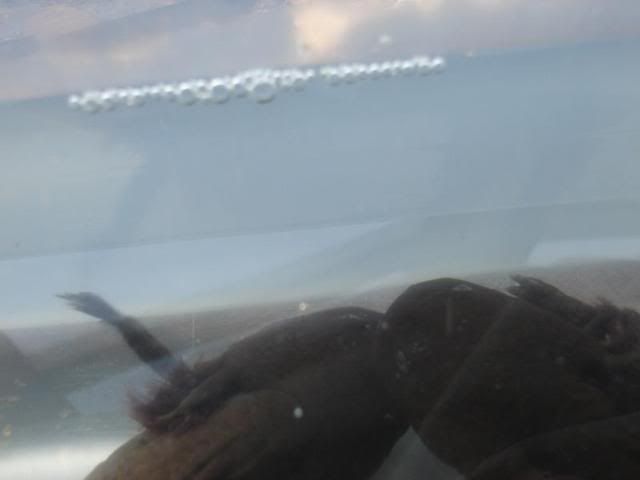philbaker76
New member
- Joined
- Aug 16, 2007
- Messages
- 450
- Reaction score
- 9
- Points
- 0
- Location
- Chesterfield, England
- Country
- England
- Display Name
- Phil
I've recently raised a large batch of Axolotls - spawn came from a tank with a pair Melanoid and Leucistic adults.
They are all way over 5cm now, some are Leucistic. Some Wild Types are a sandy colour; but others are really dark and seem to be getting darker. The darker ones have dark grey underbellies; but overall still no where near as dark as the adults, the Melanoid adults are jet black.
I've never raised any Melanoid ones before; previous batches have been Leucistic with the odd sandy coloured Wild Type.
What do you think? Melanoid or a dark Wild Type?
(I'll try and get a photo sorted)
They are all way over 5cm now, some are Leucistic. Some Wild Types are a sandy colour; but others are really dark and seem to be getting darker. The darker ones have dark grey underbellies; but overall still no where near as dark as the adults, the Melanoid adults are jet black.
I've never raised any Melanoid ones before; previous batches have been Leucistic with the odd sandy coloured Wild Type.
What do you think? Melanoid or a dark Wild Type?
(I'll try and get a photo sorted)

